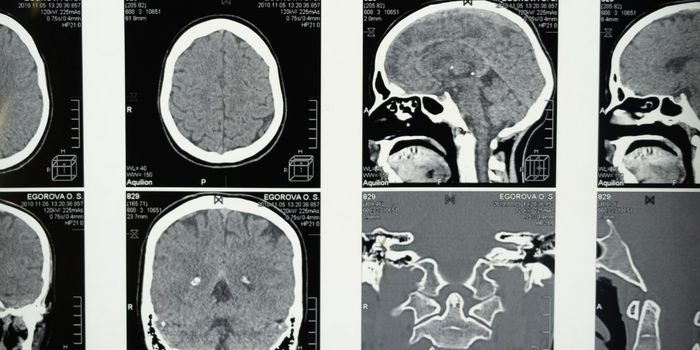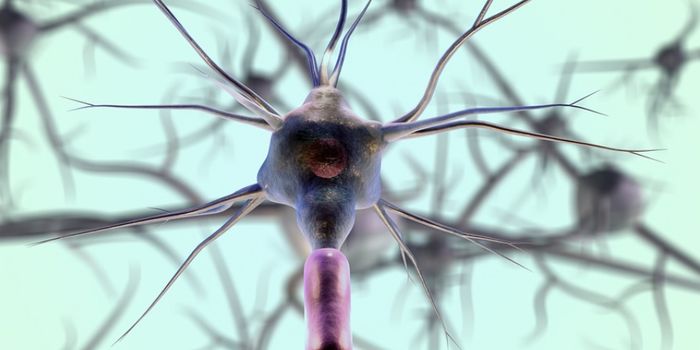There's more than a few studies in neuroscience and child development that warn against the overuse of screens, video games and other visual stimuli. Pediatricians warn that too much screen time is damaging to the brain (some studies support this, some do not) and there is a concern in action video games (AVGs) that violence and intense graphics can be harmful to young children. However, one area in which AVGs are a positive is in visual acuity. The way the brain processes images in these games does a lot for improving vision. New research from vision specialists at the University of Rochester and Vanderbilt University has demonstrated that children who have visual impairments showed improvement in their peripheral vision after only 8 hours of “brain training” on specially developed video games. These benefits happened fast, and were still evident after a year.

Duje Tadin, associate professor of brain and cognitive sciences at Rochester stated, “Children who have profound visual deficits often expend a disproportionate amount of effort trying to see straight ahead, and as a consequence they neglect their peripheral vision. This is problematic because visual periphery—which plays a critical role in mobility and other key visual functions—is often less affected by visual impairments. We know that action video games (AVG) can improve visual perception, so we isolated the AVG components that we thought would have the strongest effect on perception and devised a kid-friendly game that compels players to pay attention to the entire visual field, not just where their vision is most impaired. As a result, we’ve seen up to 50 percent improvement in visual perception tasks.”
In order to be successful at video games, there is a complex series of visual cues going on, with the player having to constantly keep an eye on action happening across a wide field of view, being on the lookout for relevant game action and being able to ignore irrelevant actions. Obviously for children with poor vision, this is especially difficult. The researchers in Rochester and at Vanderbilt created a training game that removed aspects like speedy hand motions and violence but included the need for visual acuity tasks.
The team then tested the game with 24 youths from schools for the blind in Tennessee and Oklahoma. Most of the study participants had central vision below the legal threshold for blindess (20/200) but did not know how to compensate for that with peripheral vision. The team felt this was mostly due to inattention and hypothesized that the game could engage their attention and train their visual acuity. Study lead author Jeffrey Nyquist, who has since formed a company that will produce similar software for elite athletes explained in terms a gamer might use, stating, “We didn’t improve the kids’ hardware—these children have profound physical problems with their optics, muscles, and retina, and we can’t fix that,” said Nyquist. “But we could improve their software by training their brain to reallocate attentional resources to make better use of their periphery vision.”
The children were divided in three groups, each playing a different kind of game. The control group played a single component Tetris like game and the other two groups played gamed that had dual tasks, one of which was the training game developed by researchers. While initially the study was designed to assess how children viewed the game, it became about discovering a way to help the children expand their visual field. Improvements were significant after just 8 hours of training in areas like finding letters among other letters and objects in a visual search.
The video below has some screen captures of the game and more information. The research was supported by the National Eye Institute and published in Scientific Reports .
Sources:
University of Rochester Scientific Reports NatureWorldNews


















































